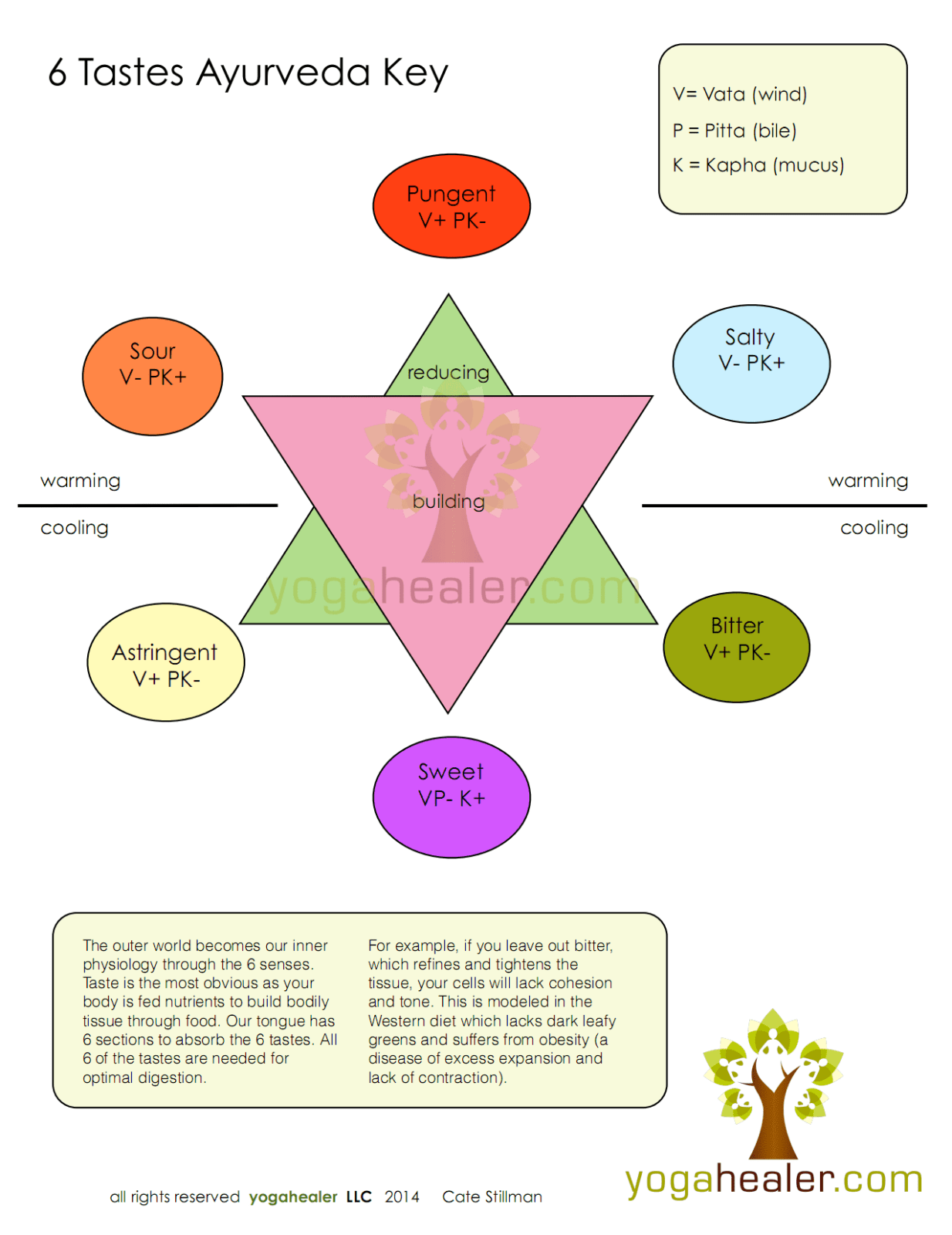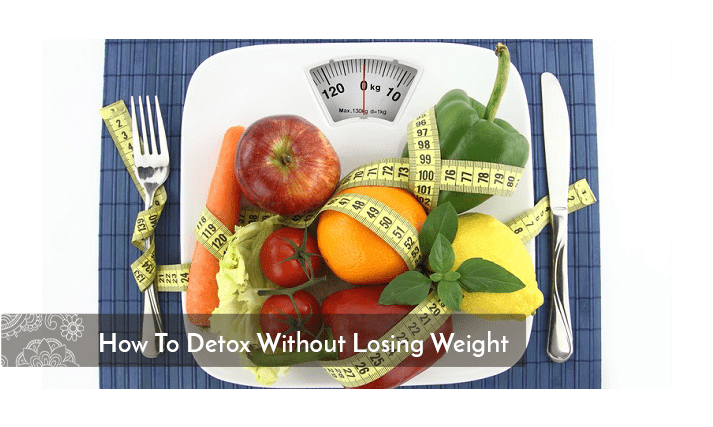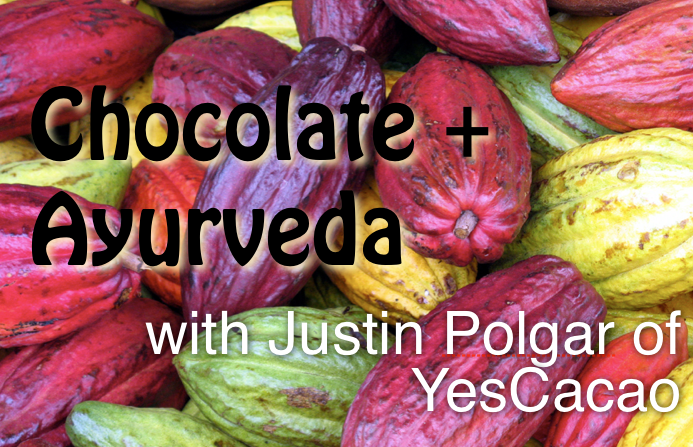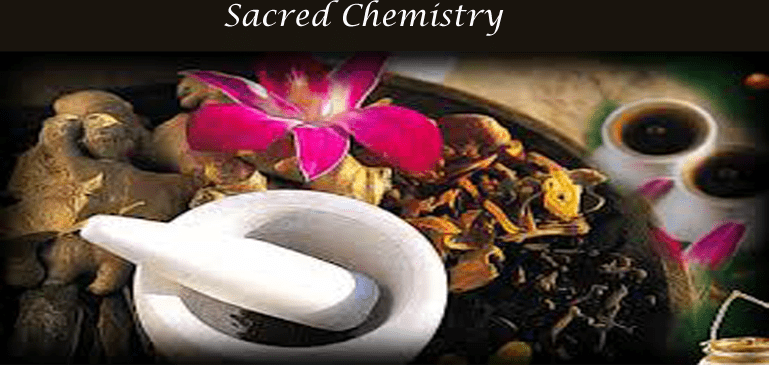Ayurveda + Living Foods Webinar Lesson

It’s pretty simple; Living Foods are foods which haven’t been cooked to death.
Opinion is divided about the precise temperature loss starts to happen but you can be pretty sure that heating food to temperatures above 112 degrees, possibly 120 degrees will cause them to lose three things:
-
Enzymes
-
Nutrients
-
Vitality
How do you keep the big three and have warm food? You just need to check your temperature. It might not be something you would want to do in a restaurant, but provided the food is just for you, stick your finger in your food and move it around. If your finger starts to burn, it’s is above the critical temperature and your enzymes are on their way out. If not, your food is still alive. How simple and easy is that?
The three elements: Enzymes, Nutrients, and Vitality have equivalents in Ayurveda.
The Ayurvedic equivalent of Vitality or Energy is Prana or Vatta. Prana and Vatta are synonymous and equate to the world of energy. The equivalent of Enzymes is Pitta which is the agent of transformation. and the parallel for Nutrients is Kapha which are our building blocks.
Surely we can never have enough energy? Well from an Ayurvedic standpoint; it’s possible. We can have way more than is useful. This isn’t true for our nutrients or building blocks. In this case we can never have enough but it’s more complicated than that. What is really is important is diversity. Do you lack diversity? If so you may be denying yourself the spectrum of building blocks you need. This may lead to a lack of integrity in our physicality, and might explain why some chronic conditions are endemic in our society.
Here is the rub. The statistics on diversity are pretty alarming. This is particularly true of affluent Westerners. Our monkey relatives generally eat around 300 different species of plant whereas, us first world types, generally consume fewer than 30 different plant species.
From an Ayurvedic point of view it’s crucially important to make sure that any diet is balanced in terms of six tastes. These six tastes are: sweet, sour, salty, pungent, bitter, astringent. The six tastes have six corresponding stages of nutrient absorption or digestion which, when functioning as they should be, build the fabric of our physiology. This fabric is called Dhatu in Ayurvedic philosophy and the end product of all the Dhatus is Ojas. Ojas being the subtle essence responsible for life.
Although it’s easy to think of Living Foods as strictly for tree huggers, Living Foods have been consumed in one form or another for thousands of years. Maybe it’s time to learn from our ancestors and look at traditional way to incorporate Living Foods into our diets. It’s super easy to link this to Ayurvedic six tastes.
- Most foods are actually sweet foods, meat, nuts and seeds, root vegetables and of course fruit which has been traditionally consumed off the vine.
- Salt is the most obvious food in the salty category but traditionally in coastal regions seaweed was harvested and dried long before dehydrators came on the scene and seaweed very obviously falls into the salty category.
- Many cultures have found ways to preserve vegetables by fermenting them and although preparation can modify the taste a little, generally, they fall into the Sour category.
- Greens are the main event in the bitter category.
- Spices have traditionally been dried to preserve them and these, along with things like garlic, hing, and ginger, fall into the pungent category.
- Astringent foods would include legumes, unripe fruits or vegetables, and sprouts.
We all have elements of the three doshas in our make up: Kapha, Pitta, and Vatta. For most people one dosha dominates. Since the six tastes have the effect of pacifying or aggravating on each dosha, it’s good to know how the tastes impact them.
If you know you have a dosha that’s excessive or deficient, these guidelines can be help you choose foods which can pacify or increase that aspect. Don’t make yourself crazy following these like strict rules, use them as guides to find your sweet spot. Don’t forget there are aspects of all three Doshas within us and the aim is to pacify dominance and bring us back into balance. The other thing to remember is that food can be changed to give it a slightly different property for example, a fermented food which might ordinarily be sour could be completely changed by the addition of say, apple or another sweet food.
Living Foods have a tremendous potential to support, nourish and heal. The key is to choose as diverse a range of foods as possible. Try a new food every week. Then within this diversity fill your body with the foods which are going to bring you most benefit and minimize those which don’t. The key to sustainably healthy eating is to include as much of a range of the healthy stuff as possible. If we do that there is no room for the less healthy stuff. It has already been squeezed out. No need to give it a second thought.

















Comments
No comments yet, be the first to comment